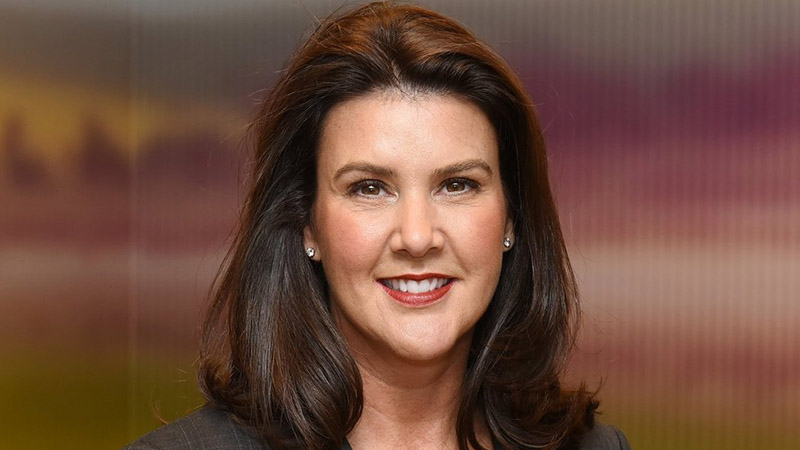Expansion of CDR will help support retirement decisions, says Treasury
The government has commenced consultation on expanding the consumer data right to open finance and will soon initiate a specific consultation focused on superannuation and insurance data.
The government this week has released a consultation paper seeking feedback from the industry on how adding non-bank lending datasets to the consumer data right (CDR) will impact providers and benefit consumers.
In late January, the government announced open finance would be the next focus for the expansion of CDR, following the success of open banking.
Open finance will expand the number of financial products and services covered by CDR to include those in the non-bank lending, merchant acquiring, general insurance and superannuation sectors.
The consultation paper said that combining open finance with banking datasets already in the CDR could support the creation of new and innovative services such as personal finance and life administration apps “to take the time, cost and complexity out of everyday tasks and make big financial decisions less risky for consumers”.
“Banking and non-bank lending data can be used for financial planning and loan assessment purposes, and an even richer picture of someone’s financial circumstances can be revealed when banking data is combined with superannuation and insurance data,” the consultation paper said.
“More convenient data-driven services like budgeting and financial management apps can help consumers spend less time on ‘life admin’ and reduce transaction costs. Combining banking and open finance datasets has the potential to support consumers to plan for and better manage significant financial events, such as applying for a home loan or making longer-term decisions about retirement.”
The consultation paper released this week will focus on the proposal to expand CDR to the non-bank lending sector.
Separate consultation processes will explore the scope and merits of expansion to merchant-acquiring services, general insurance and superannuation datasets.
“These consultation processes have been designed to work together to facilitate feedback on the combined effect of datasets across the four subsectors to deliver phase 1 of open finance, with particular regard to unlocking consumer-centric innovation while balancing the cost of implementation and supporting accelerated ecosystem growth,” it said.
In providing feedback, stakeholders are encouraged to consider how datasets across all four areas along with data already in the CDR system could together support product innovation, streamline business processes and improve consumer outcomes.
The paper noted that non-bank lending has clear parallels with the already designated banking sector and could provide consumers with a more complete view of their liabilities and borrowing and facilitate comparison of the full suite of lending products on the market, spurring more competitive and personalised products and services across both the banking and non-bank lending sector.
The paper also explained that superannuation often represents an individual’s most significant personal asset and therefore is a significant element of consumer financial wellbeing.
“Enhanced access to key consumer information such as superannuation account balances has been highlighted as an efficient way to increase consumer engagement with and knowledge of their superannuation. When combined with other financial datasets, access to key account information through the CDR could improve consumer’s understanding of their finances and support life-span wealth management,” it stated.
SuperConcepts chief technology officer Andy Forbes said the expansion of the consumer data right through open banking is already helping drive innovation with SMSF administration systems.
“Large enterprises hold a lot of data on their consumers but getting access to it can be difficult. CDR is about ensuring that the end-user is aware and in control of their data being collected and with who it can be shared,” he explained in a recent article.
“From an SMSF perspective, [the expansion of CDR] will make it a lot easier to set up bank data feeds, no matter which administration software you’re using. For fintechs needing data feeds, it creates a level playing field as banks are mandated to participate.
“For consumers, the open banking approval process can be done in minutes and is much better than the old data feed authority forms or screen scraping (and internet banking password sharing) methods currently employed by some software.”

Miranda Brownlee
Miranda Brownlee is the deputy editor of SMSF Adviser, which is the leading source of news, strategy and educational content for professionals working in the SMSF sector.
Since joining the team in 2014, Miranda has been responsible for breaking some of the biggest superannuation stories in Australia, and has reported extensively on technical strategy and legislative updates.
Miranda also has broad business and financial services reporting experience, having written for titles including Investor Daily, ifa and Accountants Daily.








